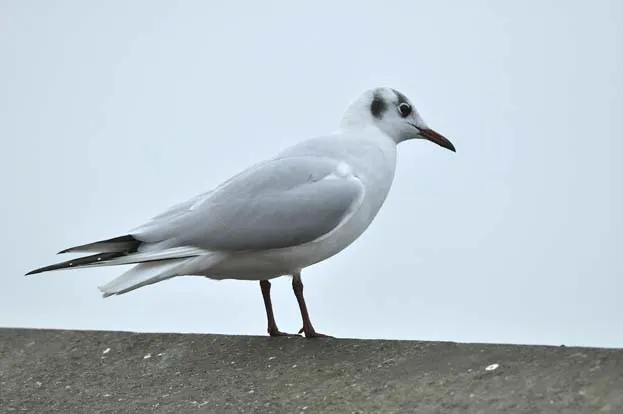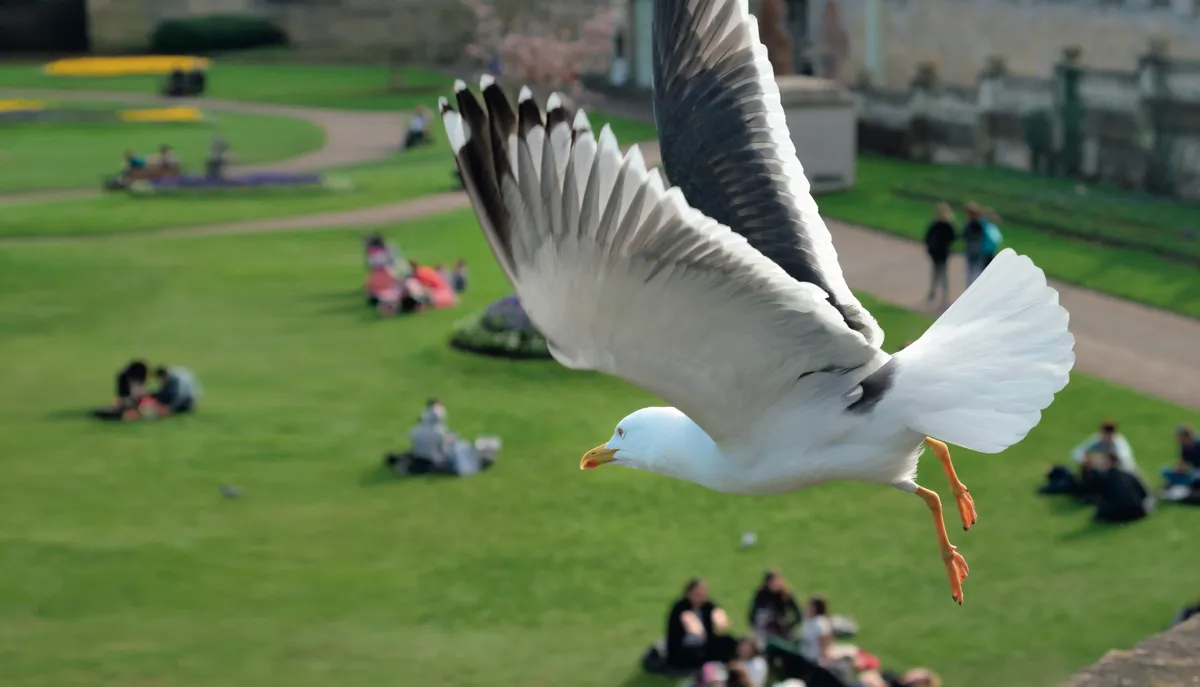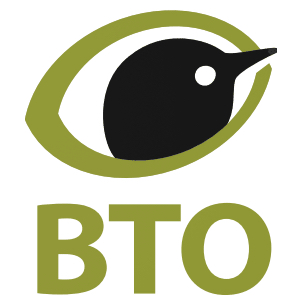1 Population boom and bust
During the early 19th century, black-headed gulls were quite rare. However, a dramatic population increase throughout the 20th century saw their breeding population rise to over 100,000 pairs. While their breeding population is still growing, their winter numbers have fallen by over 30 per cent in the last 25 years and they are an Amber Listed bird of conservation concern.
2 Urban gull
Black-headed gulls were rare inland over 100 years ago. However, they now use inland sites for breeding, roosting and foraging and are the gull species most commonly seen in urban and suburban gardens. Inland breeding colonies can range from fewer than 10 pairs to over 20,000 and are found throughout the country, including in central London.
3 Wide diet
Their diet consists of a variety of different foods, including insects, plant material, earthworms and human leftovers. Their catholic diet means that they regularly visit gardens in search of kitchen scraps. They are quite feisty birds and groups will often squabble over available food, especially when there are few feeding opportunities.

Black-headed gulls only have dark heads during the breeding season. During the winter, they have white heads with dark brown smudges on the sides. © Moss Taylor/BTO
4 Garden birds
Gardens seem to become more important for black-headed gulls during the coldest winter months of January and February because food is harder to find. However, BTO Garden BirdWatch results show that they are increasingly visiting throughout the year. Outside of winter, individuals visiting gardens are often likely to be immature, non-breeding birds from local colonies.
5 Winter migrants
While most of our breeding population are resident birds, it is estimated that more than two-thirds of black-headed gulls wintering in the UK have come from mainland Europe. This migration happens from late summer with earlier arrivals thought to be young birds from Western Europe. Birds often seem to be site-faithful, returning to the same place year after year.
6 Brown-headed gulls
Despite their name, black-headed gulls don’t have black heads. During the breeding season their heads are dark chocolate brown, and in the winter they are white with dark brown smudges on the side. They have a dark red bill and legs. Juveniles have brown shoulders and wing feathers, gradually gaining the adults’ grey/silver coloured wings over a couple of years.
Plus, why gulls are of conservation concern. Mike Toms from the British Trust for Ornithology explains...

Though urban breeding populations of both herring gull and lesser black-backed gull seem to be increasing, numbers at rural and coastal breeding colonies are in sharp decline. Yet rather than simply moving from coast to city, data from monitoring programmes indicate that national populations have declined. Herring gull numbers are thought to be at their lowest since counts began in the late 1960s, hence it appears on the red list of birds of conservation concern; the lesser black-backed gull is on the amber list. Once data from the latest gull survey, due for completion in 2019, are analysed we will have a better understanding of how gull populations are changing in different parts of their ranges.
Learn how to identify black-headed gulls
The British Trust for Ornithology (BTO) works in partnership with over 40,000 volunteer birdwatchers to chart the fortunes of UK birds.
Among the surveys that we coordinate is our popular Garden BirdWatch, the largest year-round survey of garden birds in the world.
Each month we highlight a bird for you to look out for in your garden.
